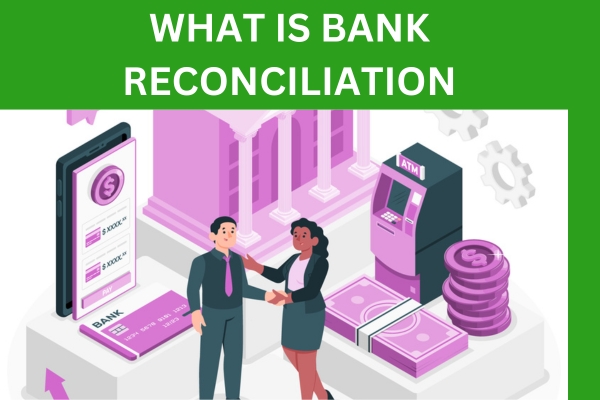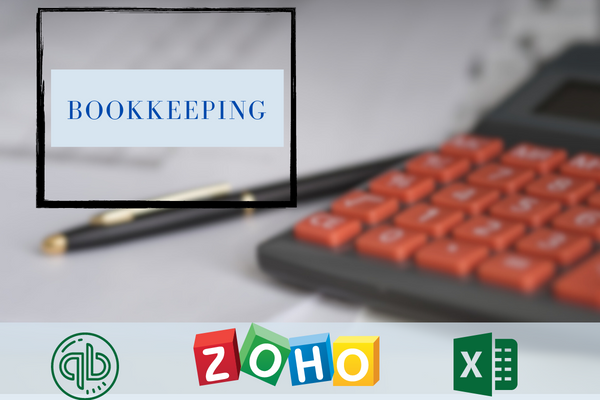In the world of finance and accounting, bank reconciliation serves as a vital practice to ensure the accuracy and reliability of financial records. It involves comparing the transactions recorded in an individual’s or a business’s accounting system with the data provided by the bank. By performing bank reconciliation regularly, one can identify discrepancies, prevent errors, and maintain the integrity of financial information.
Understanding Bank Reconciliation
The Purpose of Bank Reconciliation
Bank reconciliation primarily serves two purposes. Firstly, it helps to identify any discrepancies or errors between an individual’s or a business’s records and the bank’s statements. Secondly, it ensures that all transactions have been accurately recorded and that the ending balance in the bank account matches the ending balance in the accounting records.
Common Reasons for Discrepancies
Discrepancies between an individual’s or a business’s records and the bank’s statements can occur due to various reasons. Some common causes include errors in recording transactions, delays in processing deposits or withdrawals, bank fees, interest charges, and bank errors. Bank reconciliation helps in identifying and resolving these discrepancies promptly.
How to Perform Bank Reconciliation
Gather the Necessary Documents
To begin the bank reconciliation process, gather the bank statements, canceled checks, deposit slips, and any other relevant financial documents for the period under review.
Compare the Bank Statement and Account Records
Next, compare the transactions listed on the bank statement with the entries in your accounting system. Start by checking off the transactions that match and make note of any discrepancies.
Identify Discrepancies and Adjustments
Carefully review the unmatched transactions and determine the reasons behind the discrepancies. This may involve locating missing transactions, identifying errors, or investigating any unfamiliar charges or fees. Make the necessary adjustments in your accounting records to rectify the discrepancies.
Reconcile the Balance
After identifying and resolving all discrepancies, compare the adjusted ending balance in your accounting records with the ending balance provided by the bank statement. If the two balances match, the bank reconciliation process is complete. If they don’t match, recheck your adjustments and verify that all transactions have been accounted for correctly.
Benefits of Bank Reconciliation
Accuracy in Financial Records
By regularly performing bank reconciliation, individuals and businesses can ensure the accuracy of their financial records. It helps identify and rectify errors, ensuring that the recorded transactions reflect the actual activity in the bank account.
Fraud Detection and Prevention
Bank reconciliation plays a crucial role in detecting fraudulent activities such as unauthorized transactions or forged checks. By carefully reviewing the bank statements and comparing them with the accounting records, any suspicious transactions can be identified and reported promptly.
Budgeting and Financial Planning
Bank reconciliation provides valuable insights into an individual’s or a business’s financial position. It helps in creating an accurate picture of cash flow, allowing for effective budgeting and financial planning.
Best Practices for Bank Reconciliation
Regular Reconciliation
Perform bank reconciliation on a regular basis, such as monthly or quarterly, to stay on top of your financial records and minimize discrepancies.
Maintaining Organized Records
Keep your financial records organized and up to date. Properly document all transactions, including deposits, withdrawals, and bank fees.
Double-Check Transactions
Take the time to double-check your transactions when reconciling the bank statement. Ensure that all entries are accurate and that you have accounted for any outstanding checks or deposits.
Seek Professional Help if Needed
If you’re unfamiliar with the bank reconciliation process or encounter complex financial situations, consider seeking assistance from a professional accountant or bookkeeper. They can provide guidance and ensure the accuracy of your financial records.
What happens if I don’t reconcile my bank accounts?
Failing to reconcile your bank accounts can lead to inaccurate financial records, missed transactions, undetected errors, and increased vulnerability to fraud.
How often should I reconcile my bank accounts?
It is recommended to reconcile your bank accounts on a monthly basis. However, the frequency may vary depending on the volume of transactions and the complexity of your financial activities.
Can bank reconciliation help identify errors made by the bank?
Yes, bank reconciliation can help identify errors made by the bank, such as incorrect charges or omissions in recording transactions.
Is bank reconciliation only necessary for businesses?
No, bank reconciliation is equally important for individuals as it is for businesses. It ensures the accuracy of personal financial records and helps in managing personal finances effectively.
Are there any software tools available for bank reconciliation?
Yes, there are various accounting software and online tools available that can automate the bank reconciliation process, making it faster and more efficient.



